Make your bed every morning
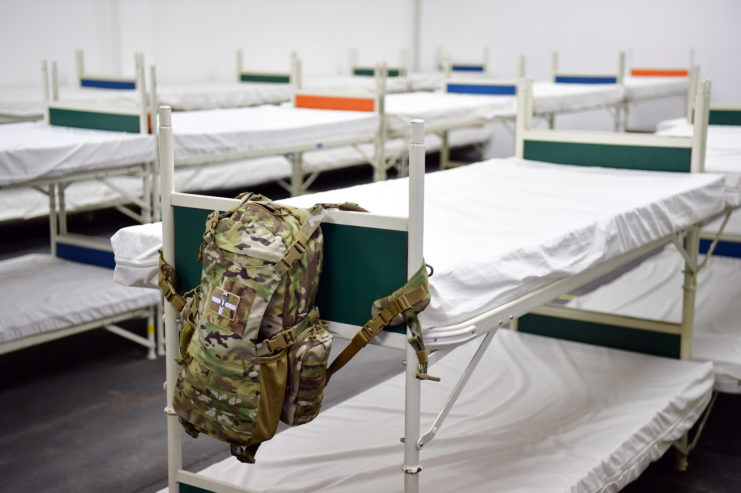
Military barracks are known for being incredibly tidy, and one of the first things service members learn in training is how to make their beds properly.
But this habit isn’t just about having a neat bed—it’s about the routine itself. Starting the day with this small task creates momentum for getting other things done. Service members make their beds each morning as a way to mentally prepare for the day ahead.
Taking a few minutes to make your bed is simple, and it can help boost your productivity for the rest of the day.
Vaseline can start fires

Who knew petroleum jelly was flammable?
This all-around moisturizer has been a first aid kit essential since the First World War, and not only can it ease burns and treat cuts, it can also start fires! All you need to do is dip a cotton ball into a pot of Vaseline and light it with a lighter or match. The soggy material will easily catch fire, and it can act as either a fire starter or provide a bit of light and warmth, if necessary.
Powder wounds with sugar

Military personnel often encounter injuries while on duty, and in some situations, sugar can be a helpful tool in wound care. Interestingly, sugar has natural antibacterial properties!
When applied to a wound, it can temporarily slow the spread of infection. While it is not a replacement for traditional antibacterial treatments, it can provide some “sweet” relief (pun intended) until professional medical care is accessible.
Fix threads with fire
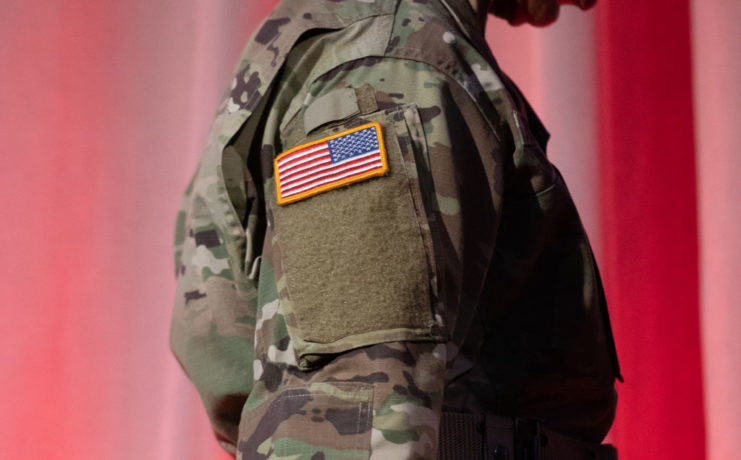
Service members are always impeccably put together; loose threads are simply not tolerated on military uniforms. When a thread does come loose, they know not to pull it. Instead, they reach for a lighter and burn it off. The flame not only removes the length of the thread but also prevents it from snagging.
This useful trick works on any clothing, as long as you’re cautious.
Soften your boots in water
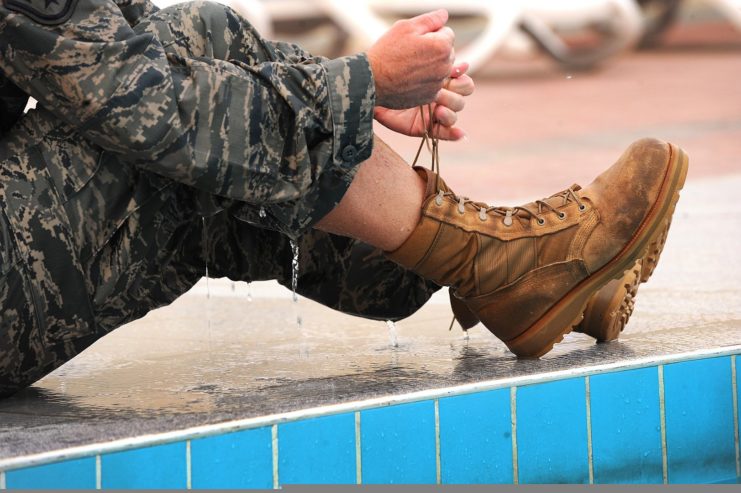
Duct tape can prevent blisters
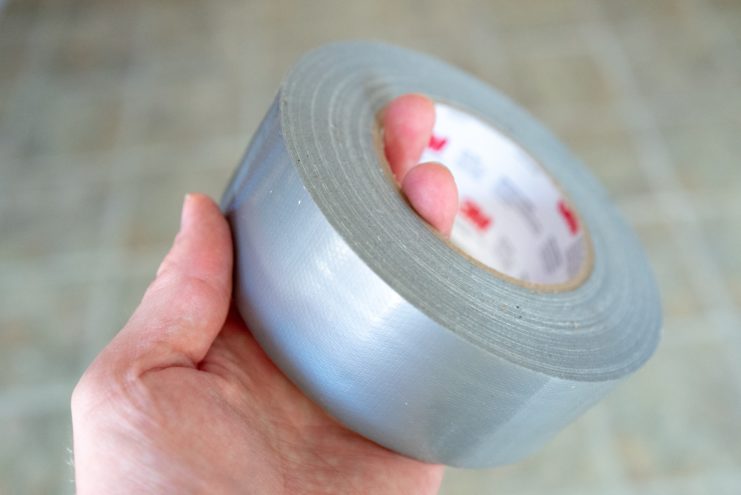
If your boots aren’t soft enough after an hour of soaking, you might end up with blisters on your heels. Luckily, service members have a solution for this, too: duct tape!
Surprisingly, the product can serve as a guard or pad to prevent shoes from rubbing against areas where blisters are more prone to occur. By sticking some duct tape there, you can avoid the pain.
How to properly tie boot laces
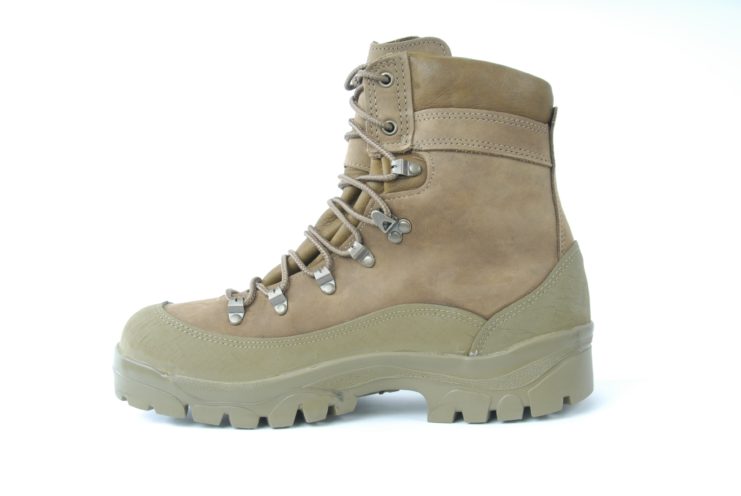
Making sure your boots are laced properly is key to staying comfortable and getting the best fit. Even if you’ve soaked them or used duct tape on your heels, you might still feel some stiffness while walking. If that happens, here’s a simple military trick to try.
When lacing up your boots, skip the eyelets near your ankles. This small adjustment gives you more flexibility, allowing the boots to move more naturally as you walk.
A surefire way to keep shirt tucked in
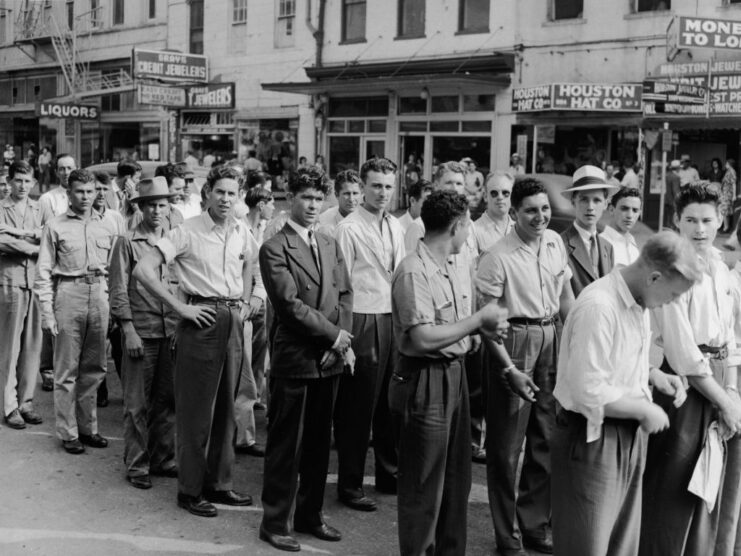
Have you ever gotten dressed for a night out, only to notice your shirt looks messy halfway through the evening? This military tip will ensure you always look sharp.
The trick is to pinch the bottom edges of your shirt, fold them backward, and tuck the shirt into your pants. This way, you can trust your shirt will stay put and won’t puff out.
Maxi Pads can stem blood

Despite what some might think, maxi pads are surprisingly useful in a combat environment. Designed to absorb blood efficiently, they can double as improvised wound dressings when injuries occur — something that happens often in battle.
Their usefulness extends far beyond the battlefield, too. Whether you’re camping, at work, or at home, keeping a few on hand can be smart. In an emergency, taping one over a wound can help stem blood flow until proper medical care is available.
Change your diet to beat jet lag

Use socks to keep water cool

Few things are as unpleasant as drinking warm water on a hot day. Service members often face this issue, especially when deployed in arid climates with high temperatures.
Fortunately, there’s a military trick to keep water cool. Simply soak a sock in water and place a bottle inside it. The damp sock works like a refrigerator, keeping the water in the bottle refreshingly cool.
A cure for athlete’s foot

We don’t necessarily recommend this next military hack, but it is known to work. If you’re suffering from athlete’s foot, peeing in the shower can actually help cure the condition. Urine contains urea, an anti-fungal. By peeing while you’re in the shower, you’re essentially washing your feet in urea, which can reverse the infection.
More from us: Six Authoritarian Countries Where Democracy Is Virtually Extinct
Again, we’re not saying we recommend you do this, but if push comes to shove, there’s always peeing in the shower.
